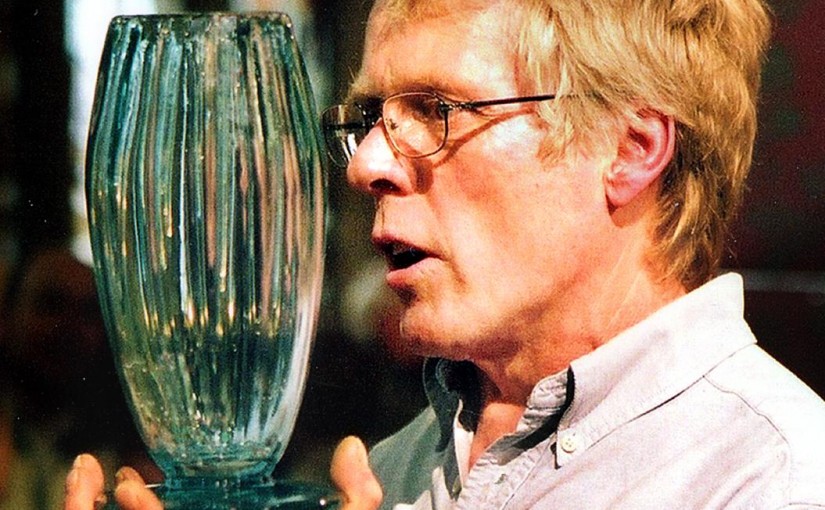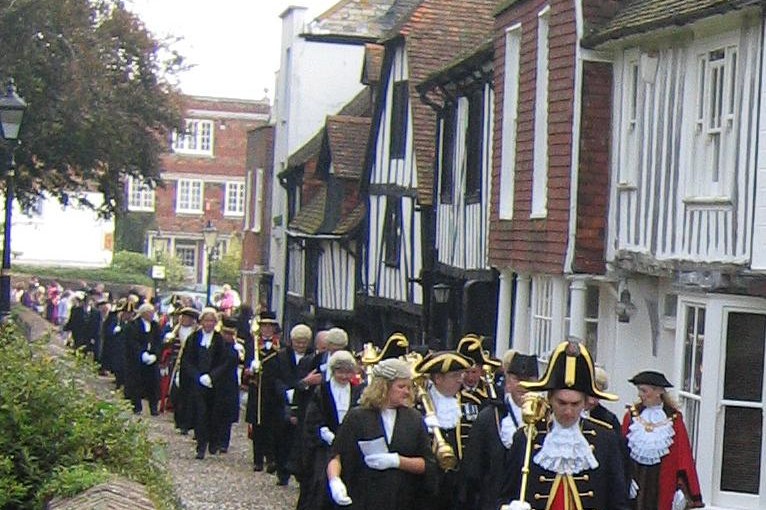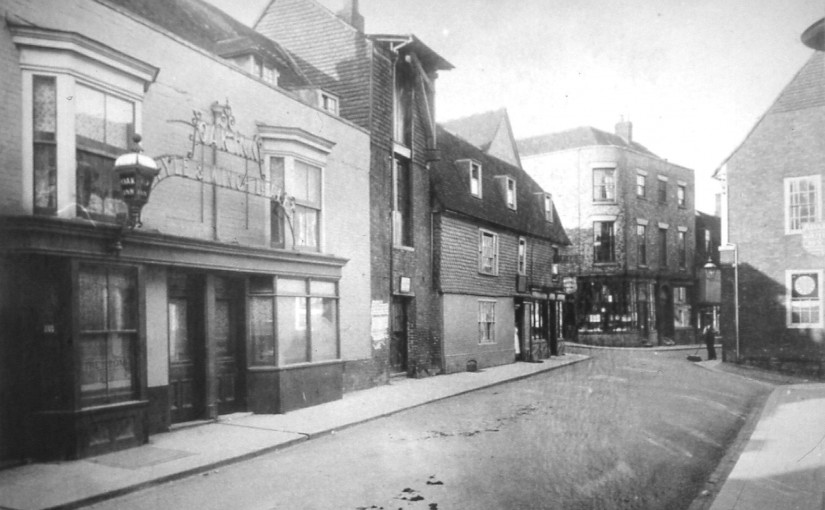First Ever Glass Expert on the Antiques Road Show.
Andy McConnell has dealt in antiques since adolescence, but served an apprenticeship in journalism. After working in music, film and television, his return to writing was marked by the publication in 2004 of his tome, The Decanter, An Illustrated History of Glass From 1650. His latest book, Miller’s 20th Century Glass, will be published in August 2006. He writes regularly for numerous newspapers, magazines and guides. He has recently opened a gallery/exhibition centre, Glass Etc, here in Rye. He appeared regularly on The 20th Century Roadshow and recently became the first-ever glass specialist on The Antiques Roadshow, appearing three times in the current series.
In these days of doom and gloom in the antiques world, it is pleasing to report that a newly established shop is already thriving. GLASS etc, a large gallery and exhibition space, opened in the Rope Walk, just before Christmas and is already attracting interest from across south-east England.
The building, comprising a 100 square metre shop with an adjacent exhibition room and workshops, was originally built as a Salvation Army hall and later served for 30 years as the premises of Ann Linguard Antiques. Andy is helped in the new venture by his wife Helen.
The Decanter, An Illustrated History of Glass from 1650 [Antique Collectors’ Club, 2004] is to be followed by a new book for which Andy is currently completing two years of research. 20th Century Glass, to be published by Miller’s in August [2006]. As he explained: ‘I live and breathe glass, but my private collection, built up over 30 years, currently numbers about 20,000 pieces. Most of it is packed in banana boxes in damp storage and I haven’t seen much of it for years. I’m still buying, so opening a shop seemed a logical step.
The exciting thing about GLASS etc. is that it offers so many possibilities. On one hand, we’ve got a great shop with huge windows and it enables me start opening some of my treasure trove of boxes. On the other, we can hold regular exhibitions, some sales-orientated, others simply to demonstrate what a dynamic, interesting and historic substance glass is’.
GLASS etc. specialises in table and lighting glass dating from c1700 to the present: bowls, vases, drinking-glasses, decanters, stained-glass panels, etc. It also stocks a wide range of other items, including architectural salvage such as door-knobs, hinges, knockers, etc.
The first exhibition, The Glass Salt Cellar, 1750-1980, will ran from April 10 until the end of May. The show centred on Andy’s collection of over 300 examples, mostly British and generally dating between c1770-1820, the classic period of British glass-cutting.
GLASS Etc. is open 7-days-a-week: 10.30-5 weekdays; 12-5pm Sundays. Admission to exhibitions are free.


